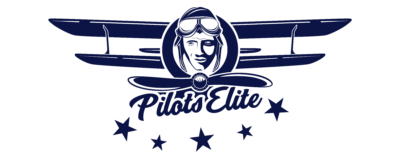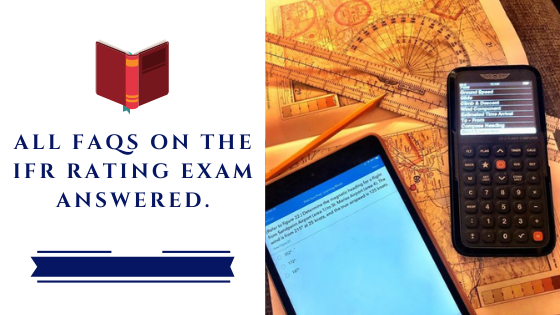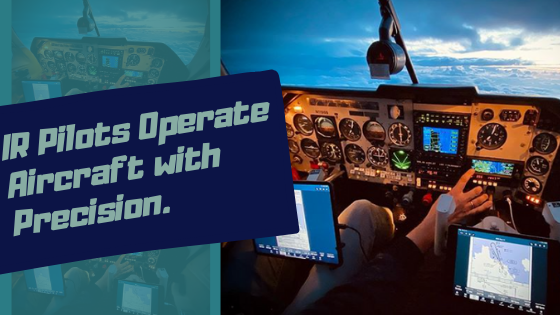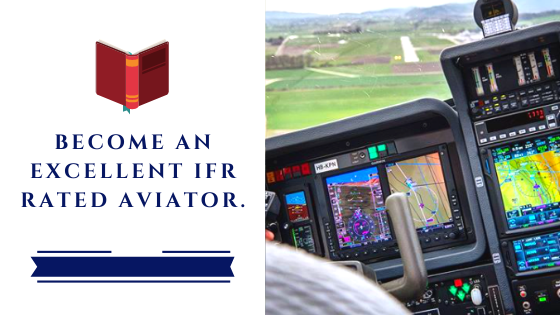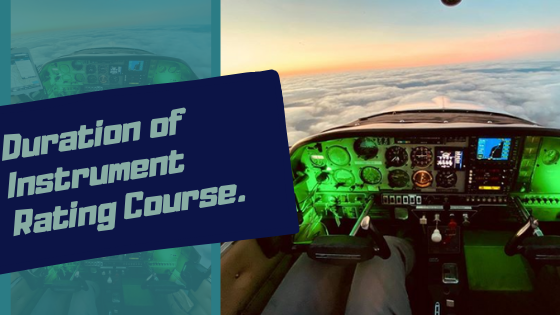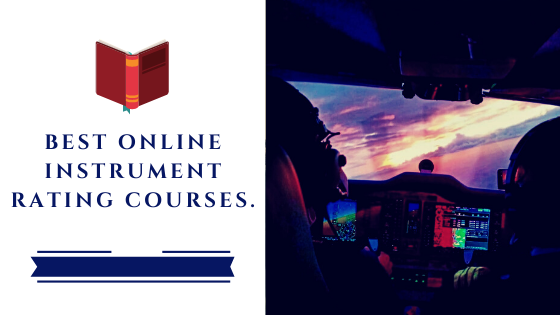Things you must know to pass your IFR checkride. (Oral & Practical)
So I assume you have satisfied all the FAA instrument rating requirements and are here to know about your final step on the big day, the check ride day.
Your IFR checkride has two segments:
- Oral exam: It takes approximately about 2 hours;
- Practical exam: It takes around 1 hour or so. “In another article”
What is the Oral Exam on IFR checkride?
The oral exam is subcategorized into the following:
- Preflight operation.
- Preflight procedure.
- ATC clearance and procedures.
- Flight by reference to the instrument.
- Navigation systems.
- Instrument approaches procedures.
- Emergency operations.
- Post-flight operation.
In the beginning, the designated pilot examiner (DPE) will ease matters for you to break the ice and calm your nerves. However, it depends on the personality of the examiner whether s/he is a “cool person or not”!
The examiner then will clear the view for you, and he will ensure that you understand the exam results in terms of pass/ fail /discontinue to ensure you are on track.
Starting with the first subcategory, preflight operation, the examiner will begin by asking about FAA pilot requirement 14 CFR PART 61 that you already know.
He will ask about the pilot certificate & medical & pilot log, and training recordkeeping for reviewing.
Typically pilots follow the ARROW, which stands for
A: Airworthiness Certificate.
R: Radio Station License.
R: Registration Certificate.
O: Operation Limitations.
W: Weight and Balance.
Examiner may also ask about weather information, how you familiarize weather forecast & reports, pilot and radar reports, surface analysis chart, ATIS report, all about SEGMET significant metrological information or AIRMET airman metrological information the difference between both definitions – types.
Examiner may require the answer orally or practically, and I mean s/he could simulate a weather forecast and ask you if this condition required an alternative route or not.
The DPE may ask about cross-country flight planning, such as how you can plan using the following:
Actual weather reports/forecasts conform to the regulatory requirements for instrument flight rules within the airspace where you would operate the flight.
The DPE may request you to demonstrate a solid knowledge of the aircraft’s performance capabilities by calculating the estimated time en route and total fuel requirement based upon factors such as power settings, wind, weight, and balance limitations.
The examiner may want to know about STARs & RNAV & NOTAM, etc.
Another subcategory the examiner may ask you about is preflight procedures.
It includes questions on various aircraft systems like the airframe, propeller, intake, fuel system ….etc.
You may also be asked about instrument systems such as pitot-static, altimeter, airspeed, and vertical speed.
And like so navigation systems such as ( VOR & DME & ILS & marker beacon receiver/indicators, Transponder/altitude encoding … etc.
Another subcategory is the instrument cockpit check. The examiner ensures you have adequate knowledge about communications equipment &navigation equipment, as appropriate to the aircraft flown & magnetic compass & heading indicator & pitot heat.
The examiner may also start simulating an ATC conversion with you and check that you are correctly copying and interpreting the received ATC clearance. The DPE will examine further how you request a readback if necessary, verify, or even request a change.
Make sure to enter the Transponder codes as ATC requested and demonstrate a strong knowledge of ATC emergency codes.
Another subcategory is a flight by instrument reference.
The DPE may ask about attitude instrument flying during straight-and-level flight, climbs, turns, and descents.
You may also ask about pitch and trimming power settings bank and all flight maneuvers.
The examiner may also ask about recovery from unusual conditions such as nose-high or nose-low. You may need to demonstrate how to use a proper instrument to get the aircraft to its usual and stabilized condition.
You also ask about the subcategory, which is navigation systems.
Now you have to describe intercepting and tracking navigational systems, correctly tuning in, and identifying the navigation facility. Discuss how to use RMI and explain the definition of inbound and outbound from a navigation system.
Examiners may also ask about instrument approaches procedure by demonstrating a solid knowledge about choosing instrument approach procedures.
Make two-way communications with ATC and manage the navigation equipment you will use for the approaches.
Show a skill if one of the flight instrumentation is inaccurate or inoperable.
Last but not least is emergency operations.
The DPE wants to see that you have a solid knowledge of emergency procedures, such as engine failures during straight and level flights.
Maintains the recommended flight maneuvers necessary for best performance during engine failure.
Demonstrate and explain your communication with ATC during an engine failure and call for an emergency.
These are the fundamental questions a DPE asks on the check ride oral exam.
I assume you did good in the oral exam, of course, based on our review of how the oral exam will be!
No worries, the practical day is no sweat in the check ride exam. The exam will be straightforward, and if you’re fortunate, you’ll finish the practical exam without regrettable situations.
Examiner will give you about 10 minutes to review the approach plates then you will be asked to preflight the instrument plates. The examiner will observe your steps, so stay focused during the test!
Depending on the designated pilot examiner (DPE), they may vector the plane into the final approach course instead of flying the whole approach. Or the examiner may let you do the complete approach procedure to a full stop using an ILS Category 03 at predetermine airport.
The DPE may request you to fly using the autopilot. You may also execute any approach technique, such as VOR, NDB, etc.
You may request to enter and hold the pattern over the VOR station and do a complete lap.
You may also request to make a wind adjustment and timing correction to maintain the holding pattern.
Again, DPE may ask you to make a low approach and a missed one. Here, the examiner wants to ensure that you complete the missed approach procedure correctly.
Again the DPE may or may not vectored you to the final approach for a complete stop.
After the landing, the DPE may request you to taxi the airplane, and you’ll know whether you passed your checkride or not.
